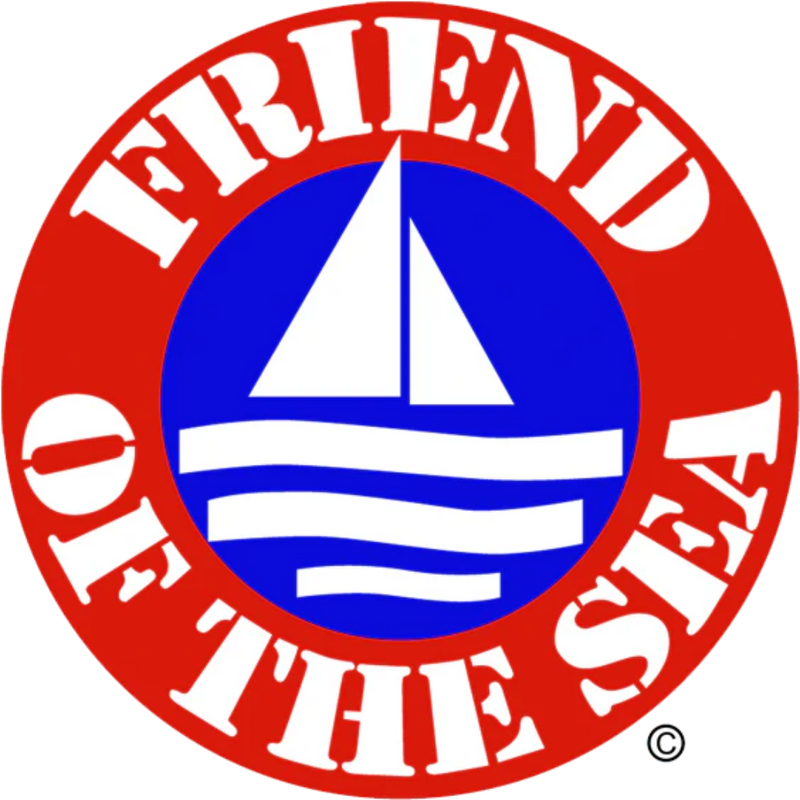Here we have collected answers to the most common questions about everything from subscription and delivery to payment, returns and product information. Feel free to start by searching or browsing the categories below to quickly find what you are wondering about.
Results you can feel.
Lab tests you can see
At ArcticMed, we value complete transparency and the highest quality. Our products are certified and tested to strict standards to guarantee purity and efficacy. All certificates and test results are openly available so you can verify the content and quality for yourself.
View test results & our Certificates






